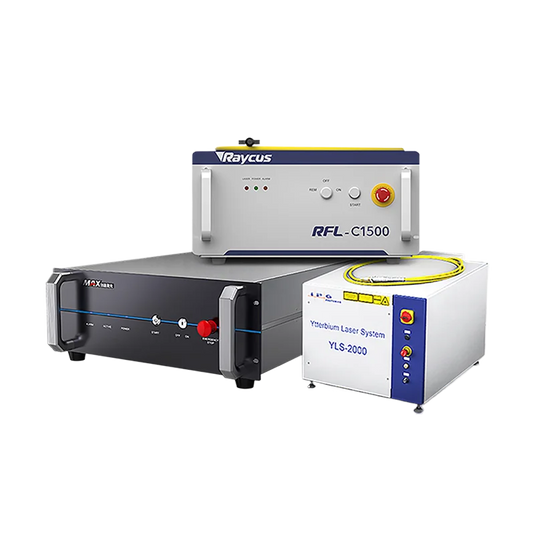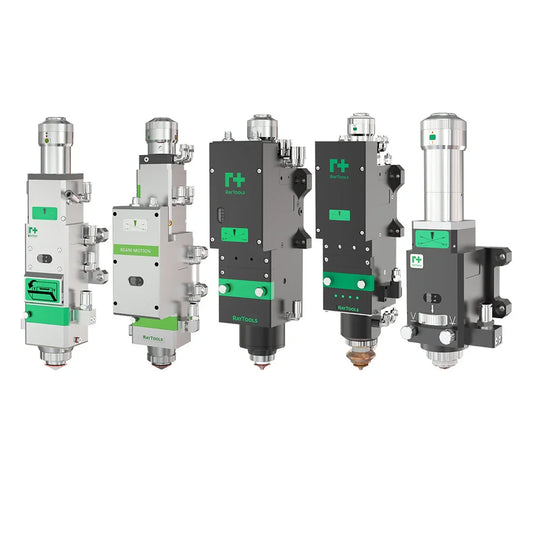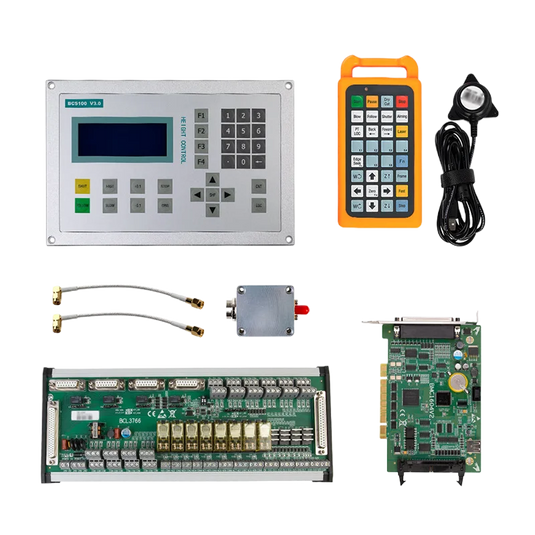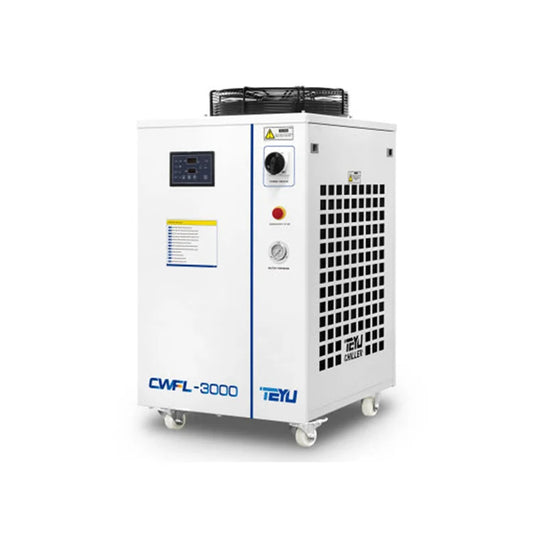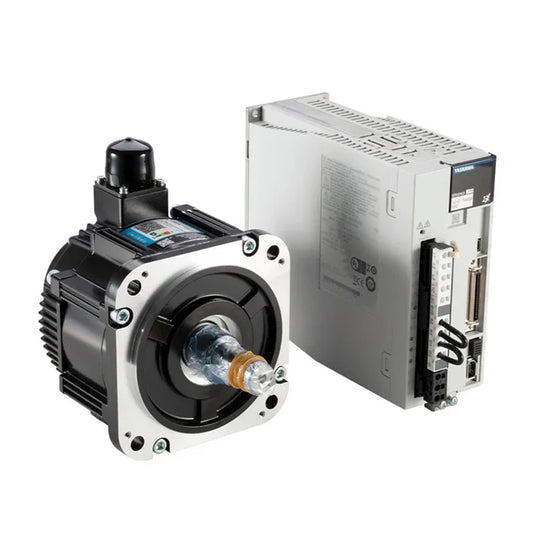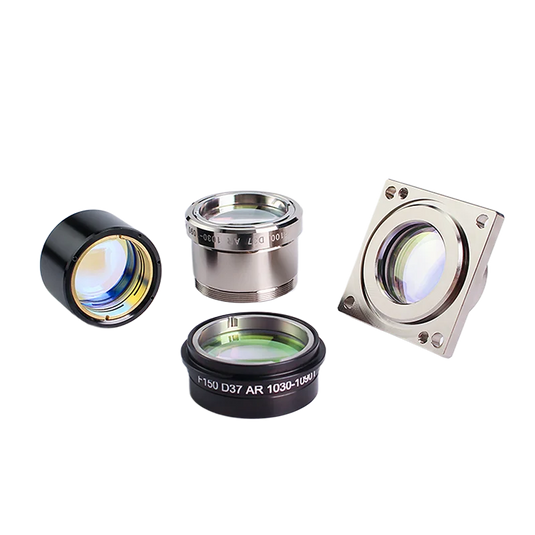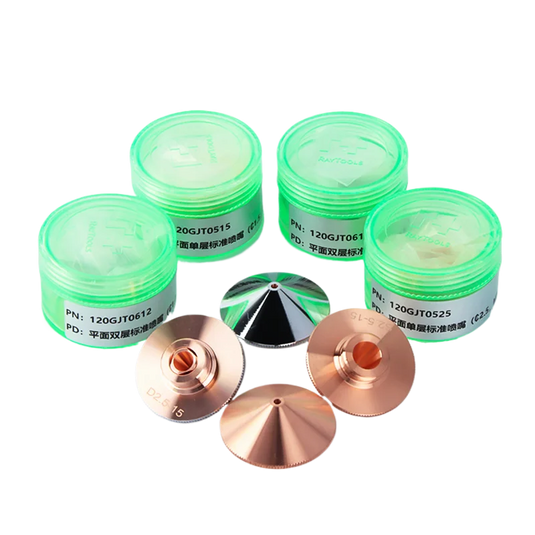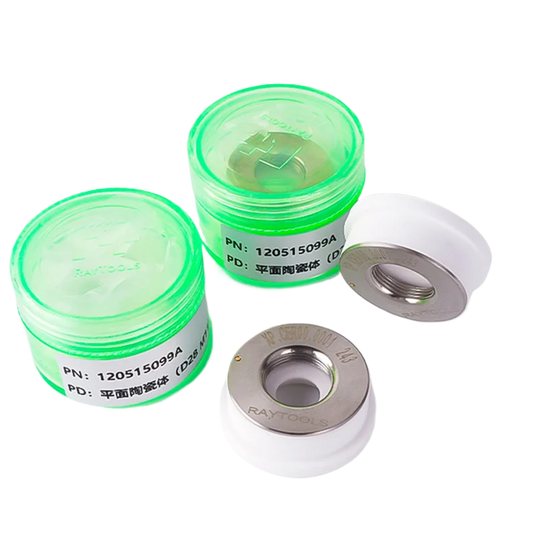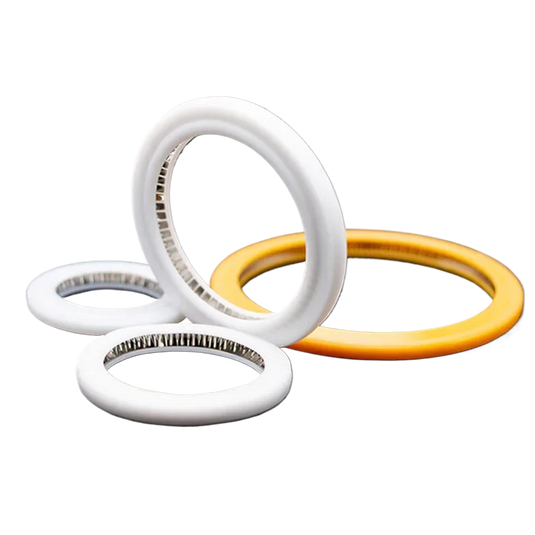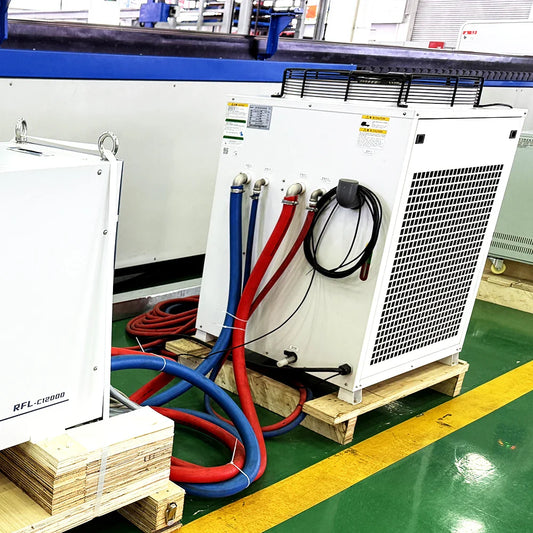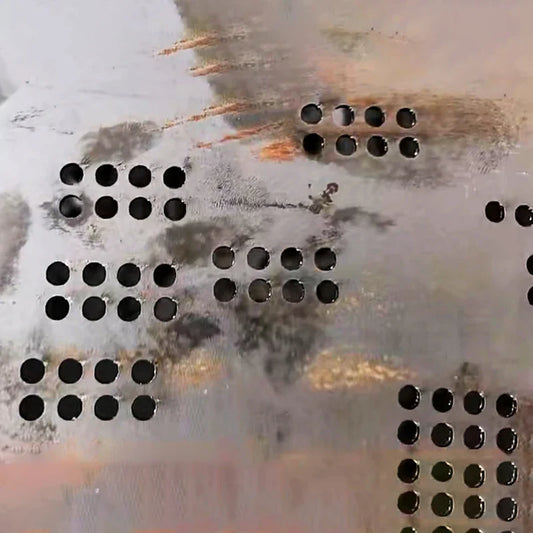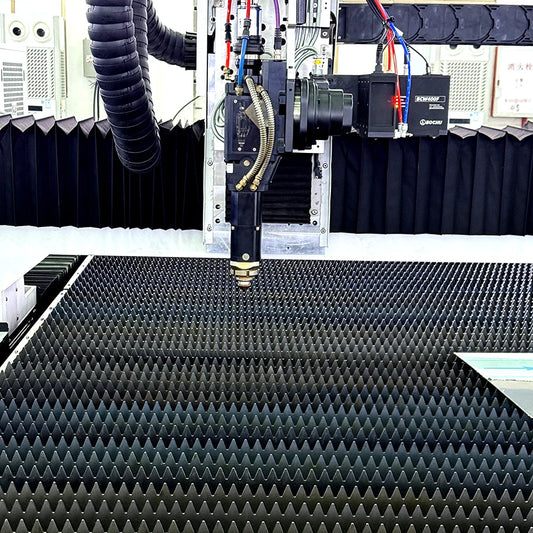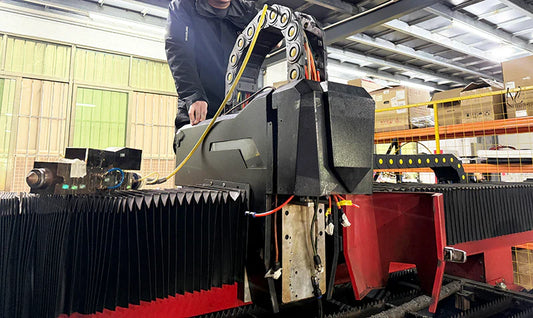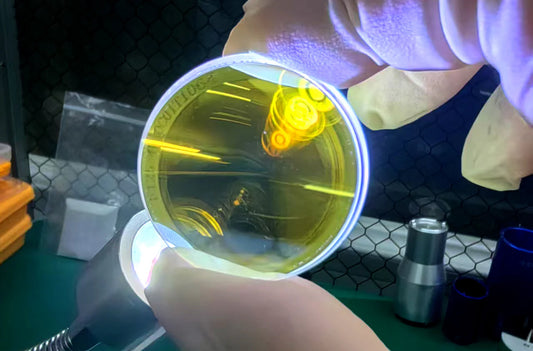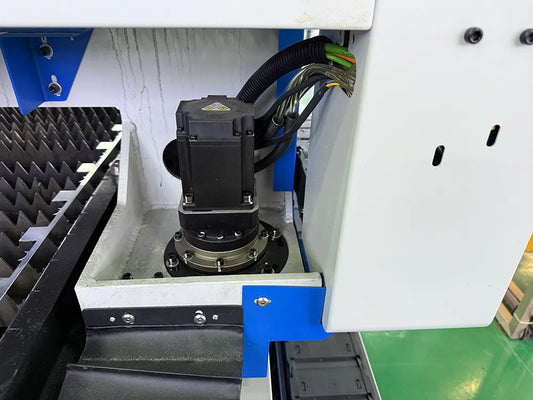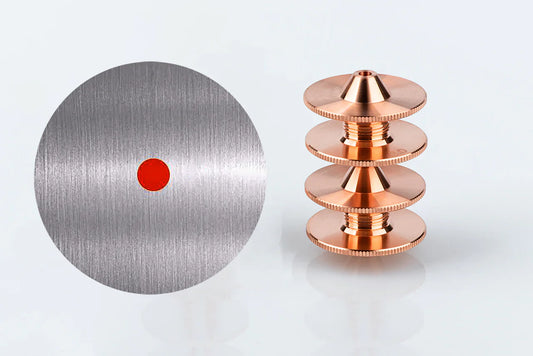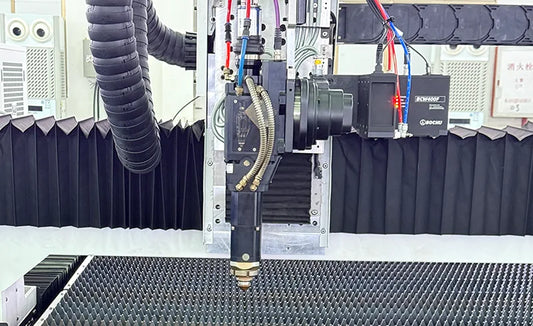Fixing Chiller Failures in Laser Machines: Troubleshooting Flow Errors and Overheating
Introduction
Chillers are essential components in laser systems, ensuring that the equipment maintains optimal operating temperatures. Since lasers generate a significant amount of heat during operation, effective temperature control is necessary to avoid damage to critical components like the laser diode, optics, and power supplies. A malfunctioning chiller can lead to overheating, which can severely impair the laser system’s cutting and processing capabilities. This guide explores common chiller failures—including high-temperature alerts, coolant flow problems, refrigerant leaks, and electrical issues—and provides actionable solutions to help you keep your laser machine running smoothly.

1. High Temperature Alarms (TEYU E02)
A high-temperature alarm, such as the TEYU E02 error, indicates that the chiller is not operating at the proper temperature, which could harm the laser system.
Common Causes:
- Low Coolant Levels: Insufficient coolant reduces the system's heat absorption capacity, leading to overheating.
- Clogged Filters: Over time, filters can become clogged with impurities, reducing coolant flow and heat dissipation.
- Malfunctioning Compressor: If the compressor isn't working properly, it can't cool the circulating coolant, which causes the temperature to rise.
Solutions:
- Check Coolant Levels: Ensure the coolant level is within the recommended range.
- Clean or Replace Filters: Use compressed air to clean filters and replace those that are damaged or excessively clogged.
- Inspect the Compressor: Check for leaks, abnormal vibrations, or strange noises. Repair or replace the compressor if necessary.
2. Coolant Flow Issues (Hanli E05)
An alert like Hanli E05 indicates coolant flow issues, which can result in insufficient cooling and potential damage to the laser components.
Common Causes:
- Low Flow Rate: Coolant flow may be reduced due to blockages or pump issues.
- Strange Sounds: Grinding, whining, or rattling sounds often point to pump or related component failures.
Solutions:
- Check for Blockages: Inspect hoses and tubing for kinks or obstructions and replace any damaged components.
- Evaluate the Pump: Use a pressure gauge to test the pump’s output. If the pressure is low, the pump may need repair or replacement.
- Replace Broken Hoses: Damaged hoses can reduce coolant pressure. Replace them with high-quality hoses designed for your chiller system.

3. Refrigerant Leaks
Refrigerant leaks can severely affect compressor performance and even lead to ice formation in the laser system.
Common Symptoms:
- Oil Streaks: Leaks from refrigerant fittings can leave oily streaks around connections.
- Hissing Sound: A refrigerant leak can cause a hissing noise as gas escapes.
Solutions:
- Tighten Connections: Ensure that all fittings and connections are securely tightened, but avoid overtightening, which could cause damage.
- Refill Refrigerant: If leaks persist, the system may need a refrigerant recharge, which should be performed by a licensed technician.
- Replace Worn Seals: Over time, seals can degrade and cause leaks. Replace any worn or damaged seals.
4. Electrical Failures: Inverter Issues
Electrical issues, such as inverter faults, can prevent the chiller from adequately cooling the laser system.
Common Causes:
- Electrical Surges: Power grid fluctuations or lightning strikes can damage electronic components in the chiller.
- Corrosion: Electrical terminals, especially in humid environments, may corrode over time, resulting in poor contact and overheating.
Solutions:
- Surge Protection: Install a voltage stabilizer or uninterruptible power supply (UPS) to protect against electrical surges.
- Clean Electrical Terminals: Use a wire brush or contact cleaner to remove corrosion and ensure a secure connection.
- Replace Fuses: Check fuses for burnouts and replace them with the correct type and rating.
- Inverter Repair or Replacement: If the inverter fails, contact a trained technician for repair or replacement.
Preventive Maintenance Tips
Regular maintenance helps prevent common chiller failures and keeps the system operating at peak performance. Here are key actions to maintain your chiller:
- Clean Filters Monthly: Replace or clean filters monthly to prevent the buildup of impurities.
- Replace Coolant Annually: Fresh coolant promotes effective heat transfer and reduces contamination.
- Check Thermal Sensors: Regularly inspect thermal sensors to ensure accurate temperature measurements. Malfunctioning sensors can cause false alerts and disrupt operations.
Conclusion
The chiller system plays a critical role in the operation of your laser equipment. By addressing common issues such as high-temperature alarms, coolant flow issues, refrigerant leaks, and electrical failures, you can prevent costly repairs and minimize downtime. Regular preventive maintenance—such as cleaning filters, replacing coolant, and checking sensors—will help extend the life of your laser machine and ensure reliable performance. A well-maintained chiller system is essential for maintaining production and ensuring high-quality results in any laser-based business.
If you need a new water chiller, please contact us or shop now!
Frequently Asked Questions (FAQ)
1. What should I do if I receive a high-temperature alarm (TEYU E02)?
Check the coolant levels, clean or replace filters, and inspect the compressor for leaks or malfunctions.
2. How do I fix coolant flow issues (Hanli E05)?
Look for blockages in the hoses, inspect the pump using a pressure gauge, and replace any damaged hoses.
3. How can I fix a refrigerant leak in my chiller?
Tighten the connections, refill the refrigerant, and replace any worn seals.
4. What should I do if my chiller is experiencing electrical issues or inverter problems?
Install surge protection, clean the terminals, replace blown fuses, and consult a technician for inverter repairs.
5. How often should I maintain my chiller system?
Clean filters monthly, replace coolant annually, and inspect thermal sensors regularly as part of routine maintenance.

